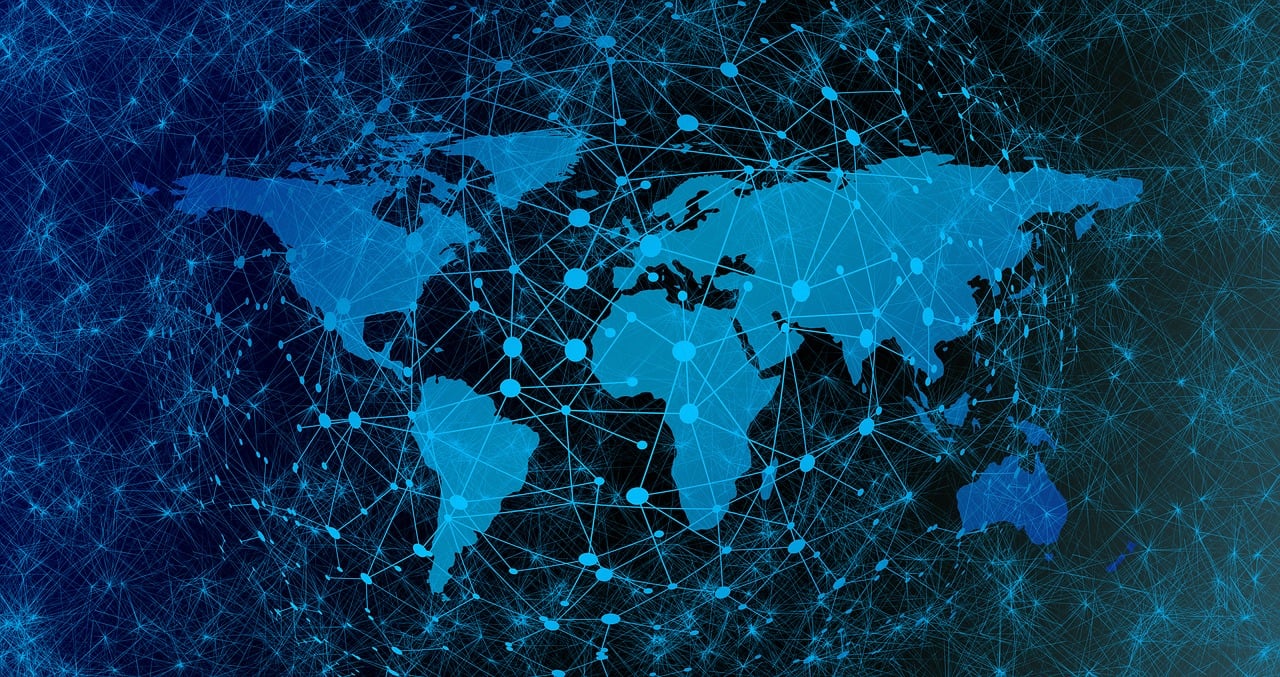Title: Analysis of the Hydrological Monitoring Market: Trends, Opportunities, and Challenges
The hydrological monitoring market is a critical sector that plays a crucial role in understanding and managing the environment. With growing concerns over climate change, water scarcity, and environmental degradation, there is an increasing need for accurate and timely data to inform decision-making processes. The global hydrological monitoring market has seen significant growth in recent years, driven by the increasing demand for advanced technology and improved infrastructure.One of the primary trends in the hydrological monitoring market is the adoption of smart sensors and IoT devices. These advanced technologies enable real-time monitoring of water levels, flow rates, and other critical parameters, providing accurate and reliable data for environmental management. Another trend is the integration of hydrological monitoring data with other environmental data sources, such as satellite imagery and weather forecasting systems. This integration helps to enhance the accuracy and comprehensiveness of the data, enabling better decision-making.Despite the growth potential of the hydrological monitoring market, it faces several challenges, including high costs associated with technology implementation and maintenance. Additionally, limited access to remote or difficult-to-reach locations can hinder data collection and analysis. Furthermore, regulatory barriers and data privacy concerns may limit market growth in some regions.Overall, the hydrological monitoring market offers significant opportunities for innovation and growth, particularly as organizations seek to address pressing environmental challenges. However, addressing these challenges will require collaboration across industries and governments to ensure sustainable and cost-effective solutions.
Introduction
Hydrological monitoring is a critical process that enables the collection, analysis, and dissemination of information about water resources in real-time. This information is essential for various applications such as flood prevention, drought management, water quality assessment, and ecosystem protection. The hydrological monitoring market has witnessed significant growth in recent years due to the increased awareness of the importance of water resources management, coupled with the advancements in technology and the growing demand from industries and governments worldwide. This paper aims to provide a comprehensive analysis of the global hydrological monitoring market, focusing on its trends, opportunities, and challenges.
Market Overview
The hydrological monitoring market can be segmented into two main categories: on-site monitoring and remote monitoring. On-site monitoring involves the use of equipment such as sensors, cameras, and data loggers installed in physical locations to collect data directly from the water body or environment. Remote monitoring, on the other hand, utilizes wireless or satellite communication technologies to transmit data from the monitored locations to a central station or database for analysis. Both types of monitoring offer unique advantages and disadvantages, and the choice between them depends on factors such as cost, complexity, accuracy, and availability of data.

Trends in Hydrological Monitoring
1、Integration of Artificial Intelligence (AI) and Machine Learning (ML): AI and ML are revolutionizing the way hydrological data is collected, analyzed, and interpreted. These technologies enable the development of more advanced monitoring systems that can detect patterns, anomalies, and relationships between different variables in real-time. AI-based monitoring systems can also learn from historical data to improve their accuracy and predict future events with greater precision.
2、Increased Use of Cloud Computing: Cloud computing provides a cost-effective and scalable solution for storing, processing, and sharing large volumes of hydrological data. It allows organizations to access critical information from anywhere, at any time, making it easier to collaborate on projects and make informed decisions. Cloud-based monitoring systems are particularly useful for remote areas with limited infrastructure or connectivity.
3、Adoption of 5G Technology: The advent of 5G technology is expected to enhance the speed, reliability, and capacity of wireless communication networks, which will enable faster data transmission and reduced latency in hydrological monitoring systems. This will lead to improved accuracy and efficiency in detecting and responding to water resource incidents.
4、Focus on Environmental Sustainability: There is an increasing emphasis on environmental sustainability in many industries and governments worldwide. Hydrological monitoring plays a crucial role in identifying environmental issues such as pollution, climate change, and ecosystem degradation. As a result, there is a growing demand for monitoring systems that can provide real-time information on water quality, temperature, salinity, and other parameters essential for sustainable development.
Opportunities in Hydrological Monitoring
1、Growth in Water Resource Management: With the global population expected to reach nearly 10 billion by 2050, there will be an increasing demand for water resources management services. Hydrological monitoring systems can help monitor water quality, quantity, and distribution, enabling efficient allocation and management of this precious resource.

2、Development of Infrastructure Projects: Many countries are embarking on major infrastructure projects such as dams, reservoirs, and irrigation systems that require accurate hydrological data for design, construction, and maintenance. Hydrological monitoring systems can provide valuable insights into the performance of these projects and minimize potential risks.
3、Integration with Other Industries: Hydrological monitoring can be integrated with other industries such as agriculture, mining, and energy production to optimize operations, reduce costs, and increase efficiency. For example, monitoring systems can be used to optimize irrigation schedules for agriculture or detect leaks in oil and gas production sites before they cause significant damages.
Challenges in Hydrological Monitoring
1、High Costs: The installation and maintenance of hydrological monitoring equipment can be expensive, especially for remote locations or complex environments. This can limit the adoption of these systems by small-scale organizations or developing countries with limited resources.
2、Data Security and Privacy: As more sensitive information is collected through hydrological monitoring systems, there is a growing concern about data security and privacy breaches. Organizations need to implement robust security measures to protect against cyber threats and comply with regulatory requirements regarding the use and sharing of data.
3、Technical Complexity: Hydrological monitoring systems can be complex due to the need for multiple sensors, data acquisition devices
Articles related to the knowledge points of this article:
Title: An Overview of Various Aspects Involved in Hydrological Monitoring
Title: An In-Depth Analysis of the Functionalities Offered by a Coal Mine Water Monitoring System
Hydrologic Monitoring Equipment: What Is It?
Title: Monitoring Station Network Hydrographic Information Daily Report